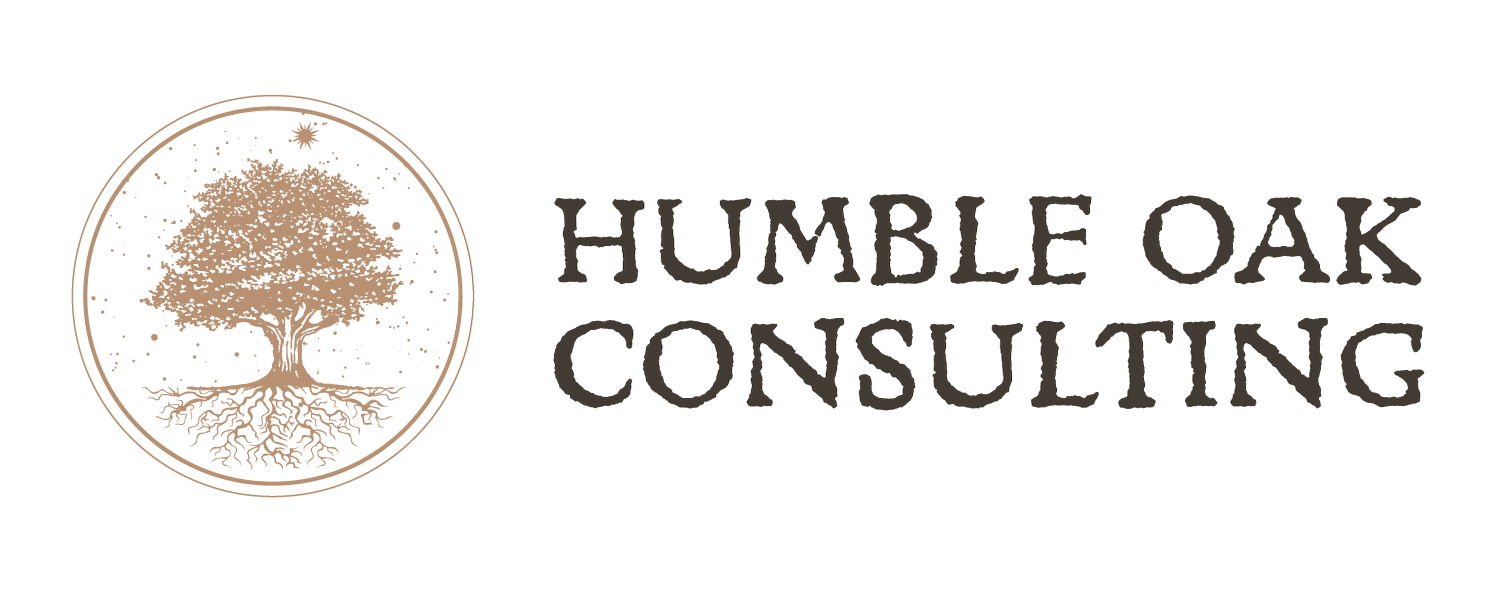WHAT I’M LEARNING FROM TEACHING ABOUT UNCONSCIOUS BIAS
Hello, friends! It’s been a while since my last post. I hope you all have been well.
Yesterday, I led a class on unconscious bias as part of a series called “Inclusive Mindset” that I lead for Workday. I love teaching this class because it blends the neuroscience behind implicit bias with a quick bias test, several personal reflections, and a framework for becoming aware of and overriding our bias. While we talk about bias as we’ve experienced it in our personal lives, we try to focus on work scenarios where we have to make decisions about talent-- who to include on a project team, where to offer our time in mentorship, who to hire in a given role. When we make decisions like this, we often rely on characteristics that we think indicate or predict a person’s ability. This time, one of my participants came off mute to engage this idea further. “I recently had 2000 CVs for one role,” he said. “I looked at people’s education to help me decide who to interview. But is that bias? Or is it a proxy?”
Photo Credit: https://asana.com/resources/unconscious-bias-examples
To me, his question is a great frame for what makes the topic of unconscious bias so complex. Underneath the question, I see the foundational desire that all my participants have: not to be biased. Everyone I’ve ever met in the trainings I offer wants to give others a chance to demonstrate their skills and abilities. And yet, that goal is in tension with the reality of sorting through 2000 CVs to conduct interviews for ONE job vacancy. His task highlights the tension between really getting to know people and filling the role in a prompt manner so the team can deploy their new talent. How do you proceed?
First, it’s worth interrogating education and prior experience as a decision rule. Access to higher education is still enormously impacted by race and intergenerational wealth. And experience may not be much better: a recent study showed little to no correlation between experience and performance or retention. As the author explained in an interview with HBR, “One of the basic premises in our area of research is that past behavior predicts future behavior. But prehire experience isn’t a measure of behavior.” And, this doesn’t allow for people to change. Perhaps, the author suggests, we like to ask about experience because it’s objectively measurable. But back to my participant’s 2000 résumés. It brings to mind the aphorism, “all models are wrong, some are useful.” What approach can I offer that’s better?
When I was first hiring teachers in my principal days, we used résumés and cover letters to screen candidates. In my second year, we changed our process. We tried to become as performance-based as we could. We asked teachers to submit a résumé and a course outline. In approximately the same time as it took to read a cover letter, we could discern whether they were skilled curriculum designers. If they passed, we brought them straight in for demo lessons, where they taught 30 minutes to a group of students who then provided feedback. If the demo went well, we’d ask them to reflect with us on the lesson and we’d finally have a traditional “interview.” There are lots of industries that use skills assessments in hiring-- the army, many software engineering roles, and much of the freelance space. While performance-based assessment is an improvement, I believe it, too, is subjective. Maybe we favor a candidate not because we went to the same college but because we have the same thinking style.
As Femi Otitoju says, “If you have a brain, you have bias.” I believe that it’s healthy for us to spend time interrogating the types of bias that might be at play for us and collecting extra data to validate our instincts and decisions. At Workday I teach the SEE Model for decisions about people:
Stop: Create more time to make the decision and remove false urgency
Examine: Use the additional time to gather more information about potential candidates and ensure your screening criteria are as strong as possible. (One resource suggests we ask, “Why?” 25 times to test our decisions for bias.)
Empathize: Treat all candidates with consideration and be open to potential future connections
This is definitely not a shortcut. It’s a behavior, not an algorithm. And yet I believe practicing it makes all of us better decision makers. It brings our attention to the judgment calls we may make poorly in favor of making quickly.
Here are a few resources I like about types of bias.
How do you go about bringing bias to light in your work?




